Ticking Curiosity: Engaging Children in the Fascinating World of Watches
In a mesmerizing dance of gears and springs, watches weave the intricate tapestry of timekeeping, a craft that has fascinated humanity for centuries. But beyond their utilitarian purpose, these remarkable devices are gateways to exploration, learning, and boundless curiosity—especially for young minds eager to understand the world around them. As children embark on their journey through the rich history and intricate mechanics of watches, they discover not just how time is measured, but also the stories, cultures, and scientific principles that have shaped our perception of time itself. This article delves into the captivating universe of horology, inviting parents and educators alike to engage children in a hands-on adventure where curiosity clicks with every tick. Whether crafting their own timepieces, unraveling the mysteries of famous clocks, or exploring the artistry behind design, there lies a treasure trove of knowledge waiting to be unlocked. So, wind the gears of imagination as we explore how the world of watches can ignite a lifelong passion for learning in the hearts of children.

Discovering the Art of Timekeeping Through Hands-On Exploration
The journey into the intricate universe of timekeeping doesn’t have to be limited to passive observation; instead, it can transform into an exciting hands-on experience! Children can immerse themselves in the mechanics of watches through engaging activities that spark their interest in science and craftsmanship. **Creating DIY crafts** with basic watch components, such as gears and springs, allows young minds to grasp the concepts of motion and time in an engaging way. Activities could include:
- Building a simple sundial to learn about solar time.
- Assembling a cardboard clock to understand different parts of a timepiece.
- Exploring electronics by making a simple digital clock using Arduino.
Complementing practical activities with storytelling helps to deepen the fascination further. By sharing the history of watches—from ancient timekeeping methods to modern smartwatches—children can marvel at the evolution of this art. A brief **overview of watchmaking through the ages** can be engaging, mapping out key milestones:
| Time Period | Key Innovation |
|---|---|
| 14th Century | First mechanical clocks |
| 17th Century | Invention of the balance spring |
| 20th Century | Quartz movement introduced |
| 21st Century | Rise of smartwatches |

Engaging Young Minds with Interactive Watch-Making Workshops
Imagine a world where every tick and tock is a spark of inspiration, a place where children can dive deep into the mechanics of timekeeping. In our interactive workshops, young participants engage with the art of watch-making through hands-on experiences that ignite their curiosity. These sessions offer a fantastic opportunity for them to:
- Explore the history of timepieces, from ancient sundials to modern smartwatches.
- Learn basic mechanics as they assemble their own simple watch movements.
- Unleash creativity by designing custom watch faces.
- Foster teamwork through collaborative projects that promote problem-solving.
Led by experienced trainers, these workshops create an environment where children can not only learn but also express themselves. With tools and materials tailored for safety and usability, participants will discover the intricacies of gears, springs, and dials in a playful manner. Below is a glimpse of the session structure:
| Session Topics | Duration | Activities |
|---|---|---|
| Introduction to Watch History | 30 mins | Interactive presentation with Q&A |
| Understanding Watch Mechanics | 45 mins | Hands-on assembly of a simple watch |
| Design Your Watch | 30 mins | Creative design and brainstorming session |
| Team Challenge & Presentation | 30 mins | Group project & showcase |
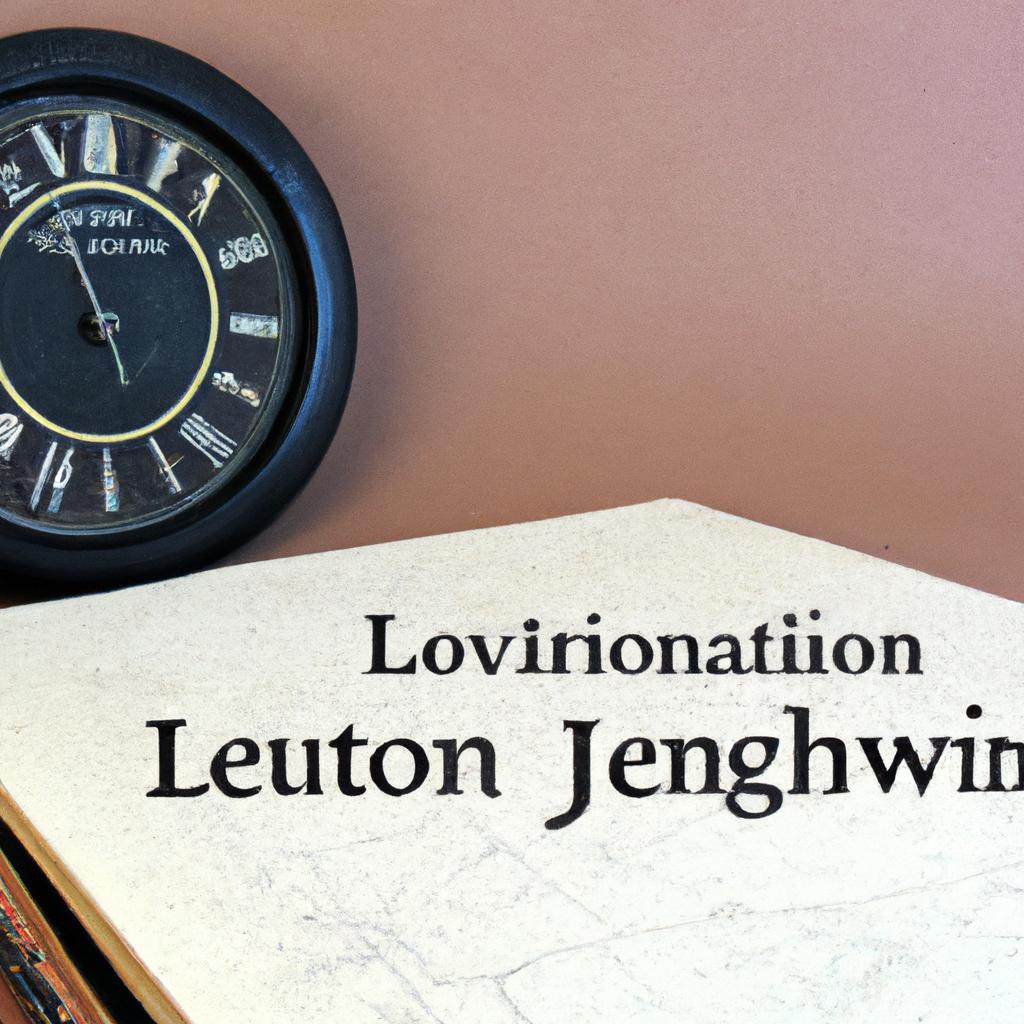
The Joy of Learning: Combining History and Technology in Watch Education
Combining the rich tapestry of history with the marvel of technology opens up an engaging portal to the world of watches. Children, fueled by curiosity, can explore how timepieces have evolved over centuries, transforming from rudimentary mechanical devices into sophisticated smartwatches. This journey can be painted with vivid stories that illustrate the significance of historical inventions, featuring iconic figures such as Pierre Jaquet-Droz and the ingenious craftsmanship of the Swiss watchmakers. By integrating interactive technology, learners can witness the mechanics of a watch’s inner workings through engaging simulations, merging historical context with modern-day applications.
To enrich the learning experience, educational platforms can employ various tools that foster critical thinking and creativity. Consider leveraging resources such as:
- Virtual Reality (VR): Step into the shoes of a watchmaker and assemble timepieces in an immersive environment.
- Augmented Reality (AR): Explore the intricate designs and history of watches with your smartphone.
- Interactive Games: Learn through challenge-based gameplay that highlights key concepts in horology.
The blending of history with technology not only captivates young minds but also cultivates an appreciation for craftsmanship and innovation. Below is a simple comparison table that juxtaposes classical and contemporary watch features:
| Feature | Classic Watches | Smartwatches |
|---|---|---|
| Design | Elegant, often mechanical | Modern, multifunctional |
| Functionality | Timekeeping, minimal extras | Notifications, apps, fitness tracking |
| Craftsmanship | Handmade, traditional techniques | Engineered, tech-focused |
In Conclusion
As we conclude our exploration of the intricate world of watches and their captivating allure for young minds, it’s clear that the journey of ticking curiosity is just beginning. By embracing the mechanics of timekeeping, we unlock not only a treasure trove of knowledge but also a unique opportunity to engage children’s imaginations and cultivate their critical thinking skills. From the intricate gears whirring harmoniously to the artful design that adorns each timepiece, watches offer a gateway into science, history, and creativity.
Encouraging children to observe, question, and even tinker with these marvels can cultivate a lifelong appreciation for craftsmanship and innovation. So, let us instill in the next generation a sense of wonder for the rhythm of time. After all, every tick is a reminder of the moments we cherish, the stories we tell, and the discoveries that await just around the corner. Together, let us keep the spirit of curiosity alive and watch as future generations flourish in a world where the beauty of time transcends mere seconds on a dial.

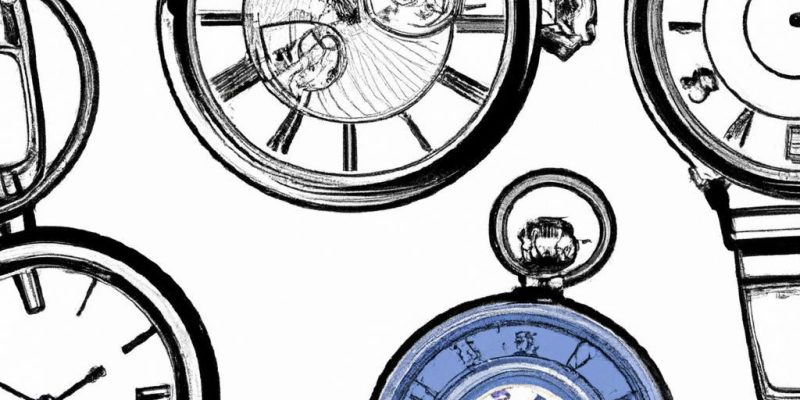














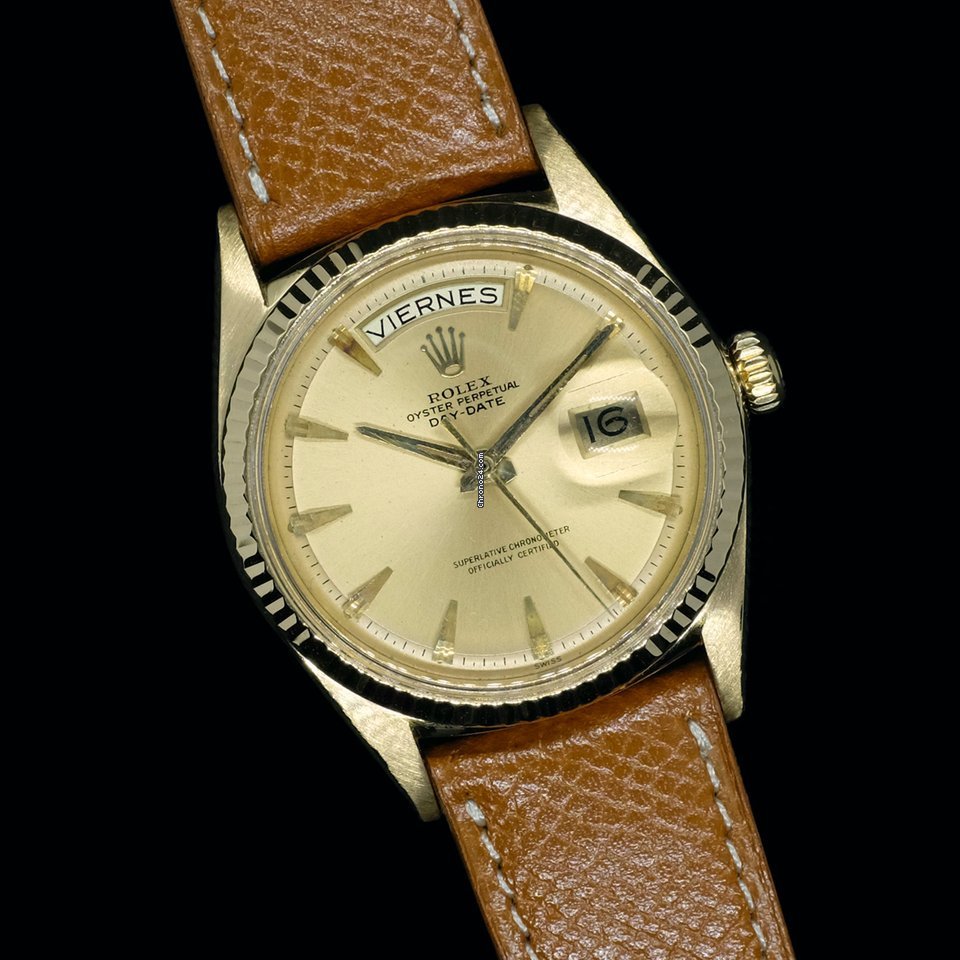
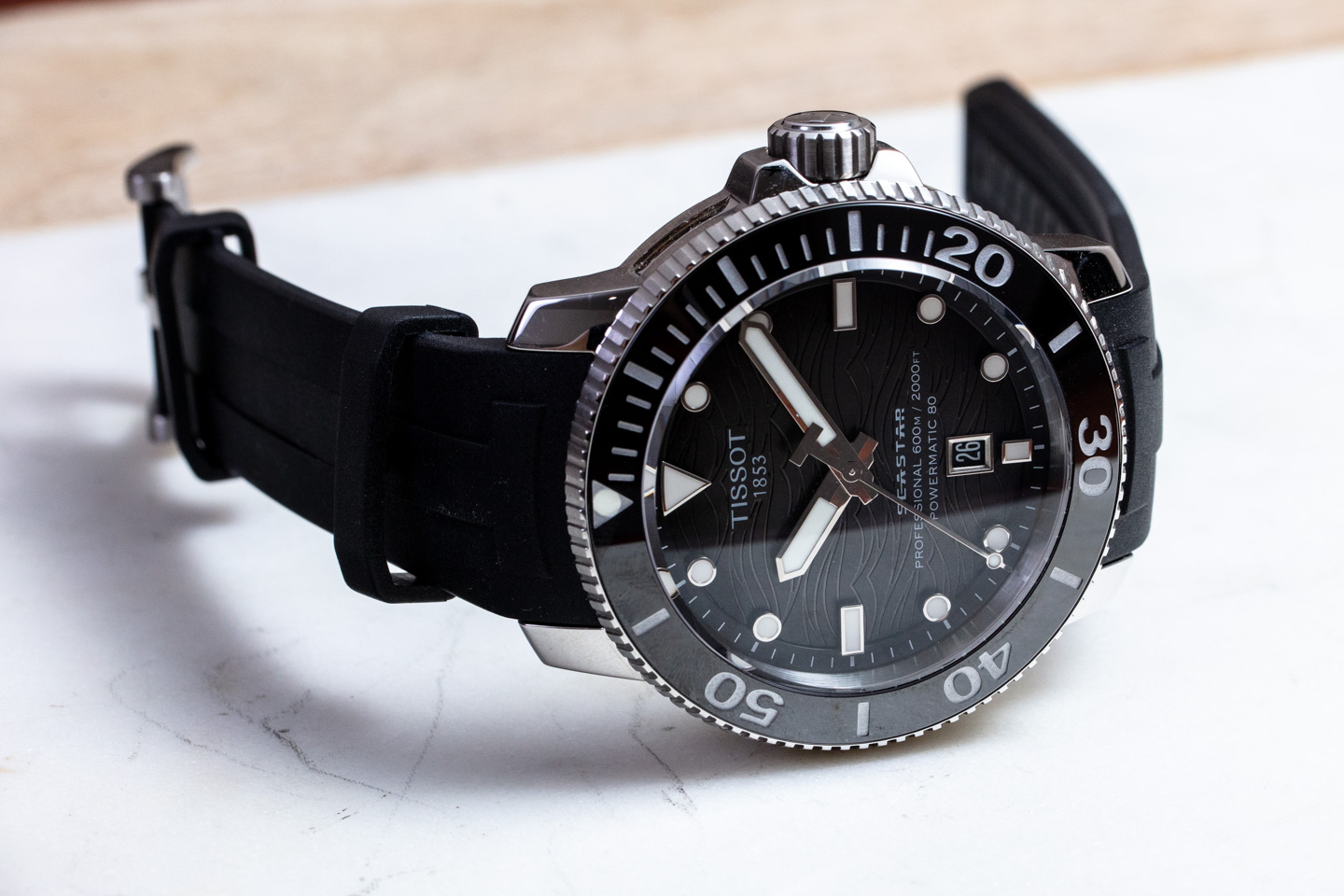
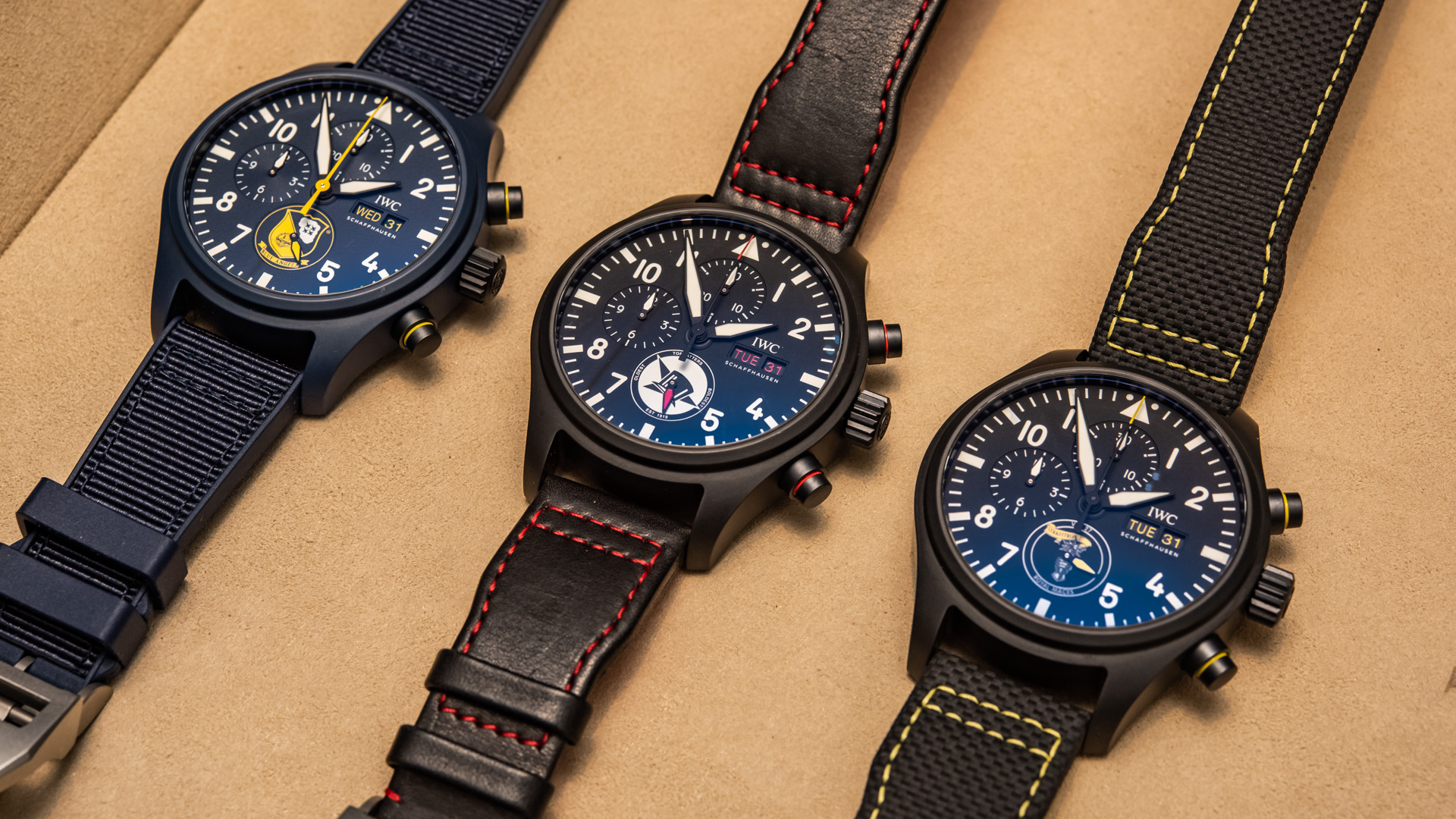
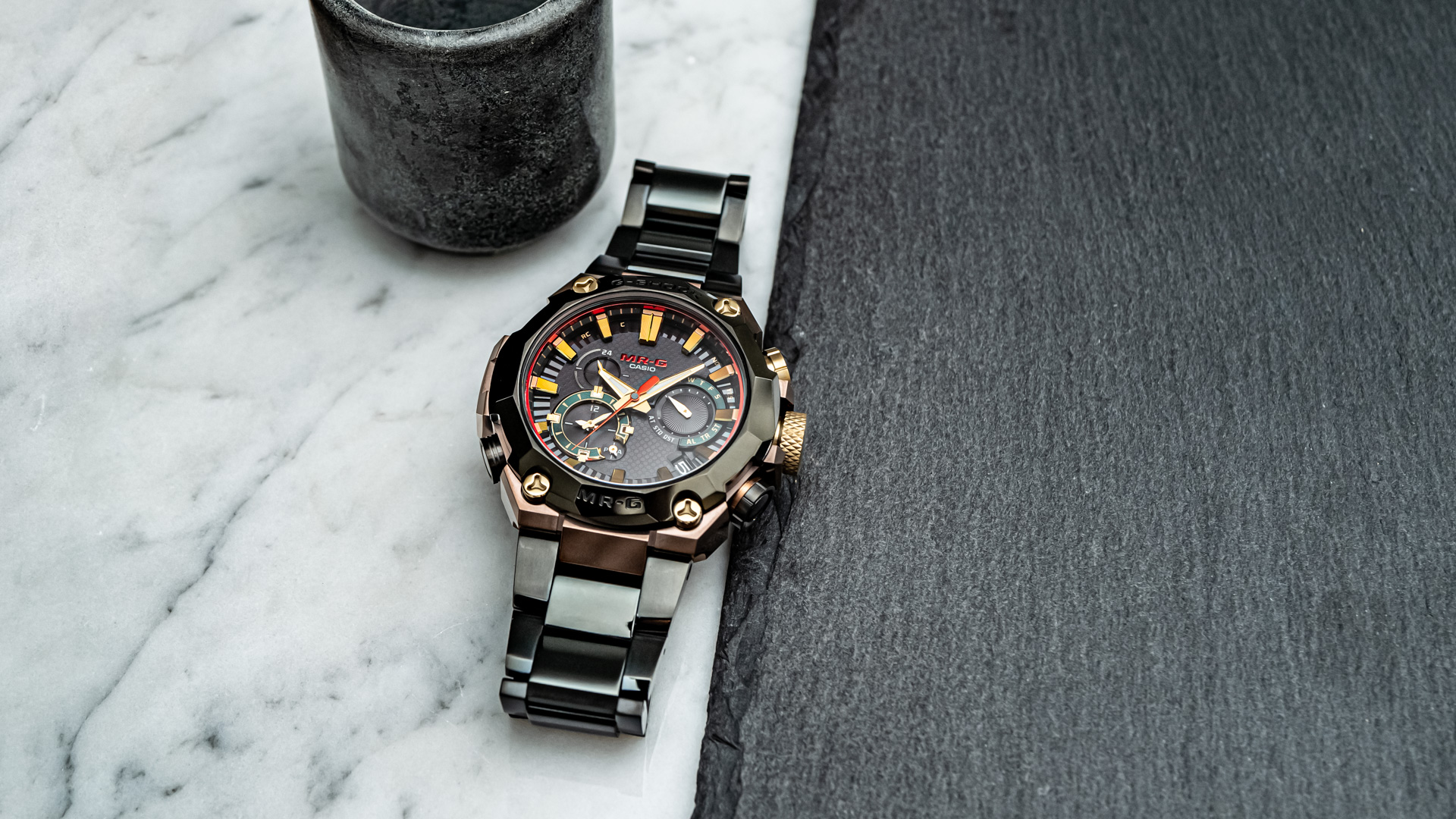


Comments